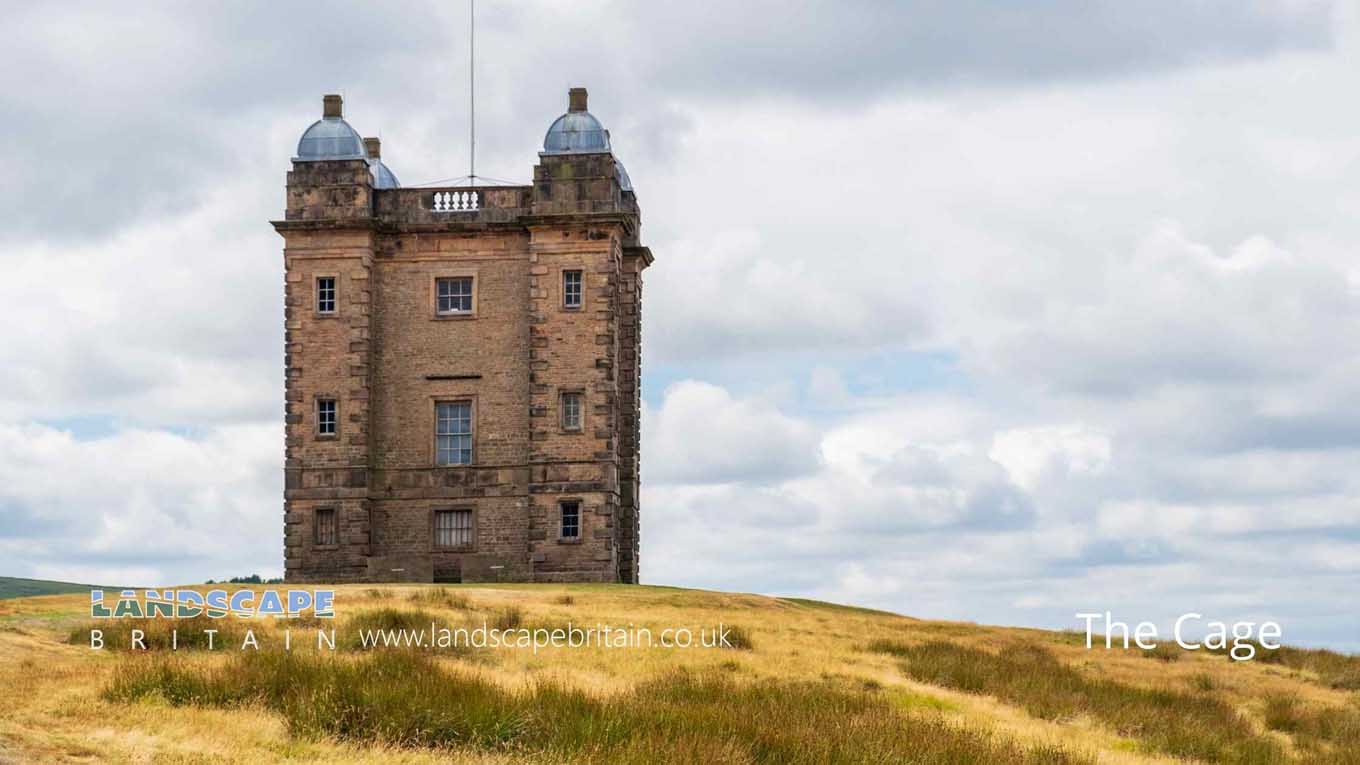
The Cage
The Cage
The Cage is in The Peak District National Park in England.
Grade II* listed The Cage at Lyme is formerly a hunting tower and gatehouse, which was later used as the Park Keeper’s house and at one time a place to lock-up prisoners.
Dating as far back as the 1580s, the original structure was taken down by 1734 by George Platt, but it is not known whether the structure was completely demolished at the time.
The Cage was rebuilt in 1737 by Peter Platt as the square tower we see today. Although, some parts such as the cupolas which were originally in stone, but were replaced in the 20th Century with wood.
There are three sundials on the moulded sills between the 1st and 2nd storeys with inscriptions:
‘Vive Hodie’ (Live Today), ‘Remember now the creator in the days of thy youth’ and ‘Cras minus aptus eris’ (Tomorrow you will be less able) on the East, South and West faces respectively.
Created: 15 May 2022 Edited: 29 November 2023
Lyme Park Information
Lyme Park Address
Disley, Stockport SK12 2NR, UK
SK12 2NR
Website: https://www.nationaltrust.org.uk/lyme
Get directionsLocal History around The Cage
There are some historic monuments around including:
Moated site north-west of Broadoak FarmBowl barrow west of path in Knightslow WoodBowl barrow 160m south of Blue Boar FarmWayside and boundary cross known as The Dipping StoneNab Head bowl barrowBowl barrow east of path in Knightslow WoodBowl barrow 100m west of Black Rock FarmBowl barrow at Ox CloseCross base in the churchyard of St Mary's ChurchThe Murder Stone: a standing stone 150m north west of Cornfield FarmIcehouse at the site of Poynton Hall, 170m north of Towers Yard FarmBowl barrow 50m south of summit of Sponds HillBowl barrow at Charles HeadYearn's Low bowl barrowStanding stone at Ginclough 400m WSW of Gin Clough FarmBowl barrow on summit of Sponds HillEastern bowl barrow at Knights LowStanding cross in St Christopher's churchyardMarple aqueductWestern bowl barrow at Knights LowThe Bow Stones Anglian cross shaftsOldknow's limekilns, Strines RoadRound cairn on Reed Hill.






